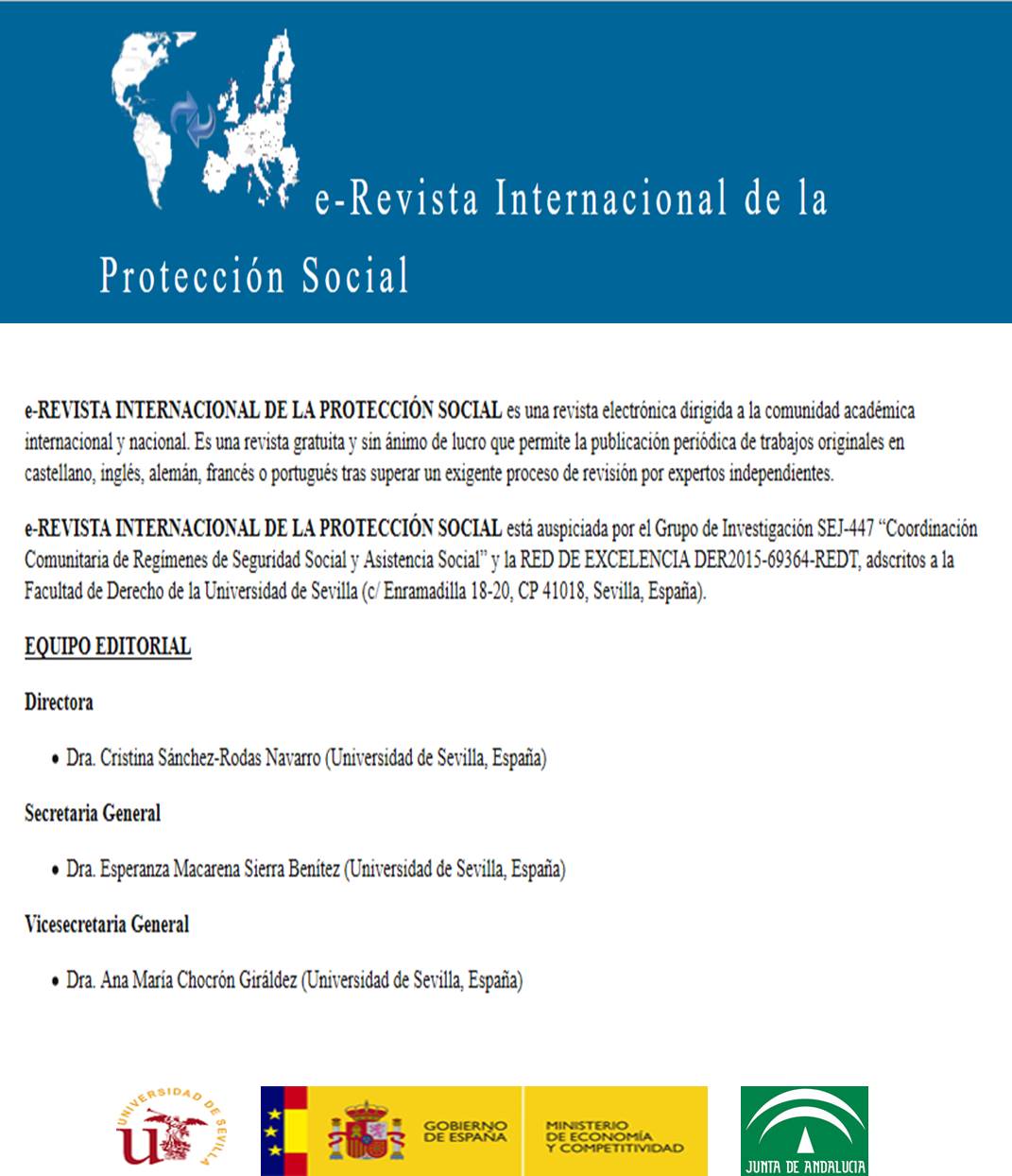INFORMALITY IN LATIN AMERICA: REVISION OF THE CONCEPT AND EXPERIENCES
DOI:
https://doi.org/10.12795/e-RIPS.2016.i01.05Abstract
The Latin American region is one of the places where labor laws and social security laws are more developed, but on the other hand, employment status is one of the most precarious. Several situations have led to this state of affairs. Thus, we find that the average rate of informal working relationship in the region is approximately 50% of the economically active population. Then the measures taken in relation to this category of workers have an important impact in protecting them and their families. While informality is not an exclusive phenomenon to this region, measures to extend social rights can be considered as examples for other latitudes. In this sense this work questions the basic premise of protection: What can be understood by informality in the Latin American region? To do this, it will be used doctrine and cases of Latin American legislation.Downloads
Downloads
Published
How to Cite
Issue
Section
License
Authors being published in this journal agree to the following terms:
- Authors retain their copyright and they will guarantee to the journal the right of first publication of their work, which will be simultaneously subject to license recognition by Attribution-NonCommercial-ShareAlike (CC BY-NC-SA 4.0 DEED)
that allows others to share such work provided that the author’s name and his first publication in the e-International Review on Social Protection is stated. - Authors may take other non-exclusive distribution license agreements version of the published work (e.g. deposit in an institutional digital file or publication in a monographic volume) provided that the initial publication in this journal is stated.
- Authors are allowed and encouraged to disseminate their work via the Internet (e.g. in institutional digital files or on their website) prior to and during the submission process, which can lead to interesting exchanges and to increase citation of the published work.











